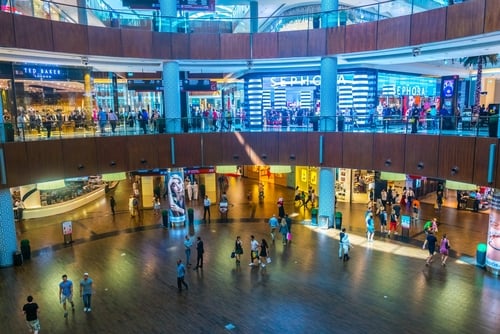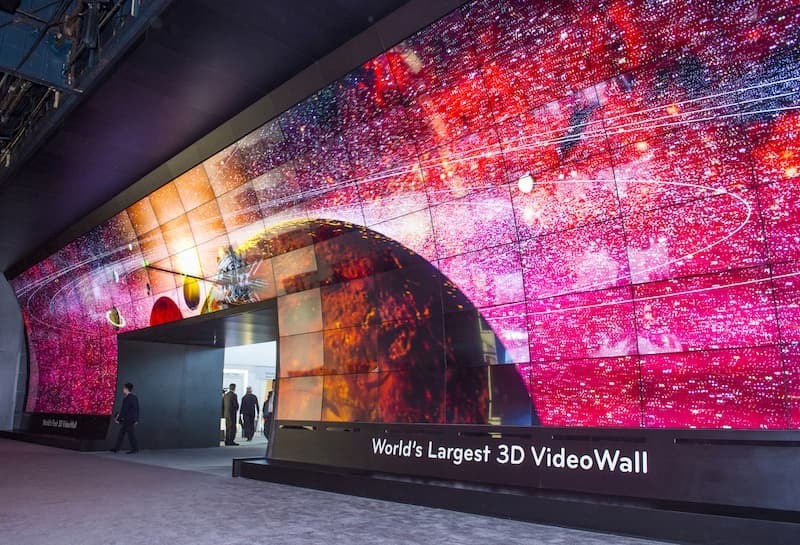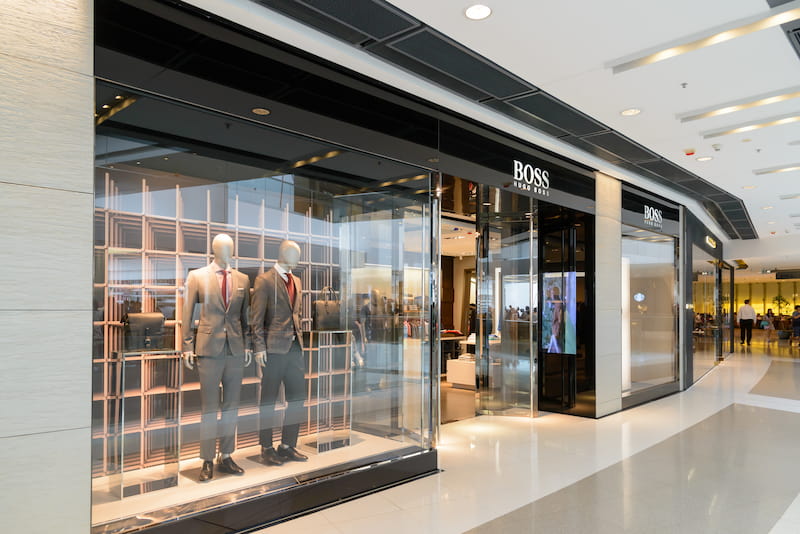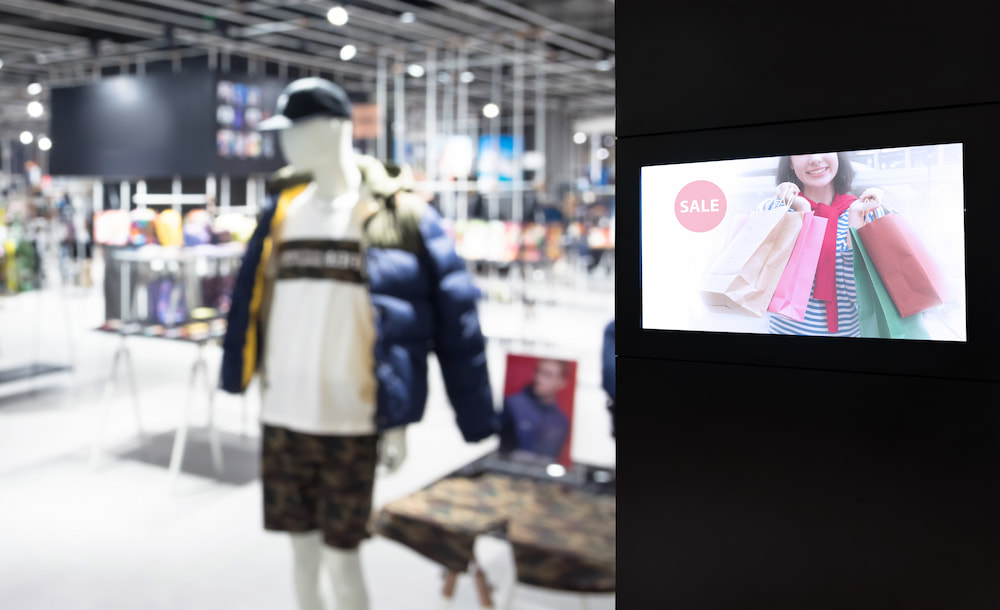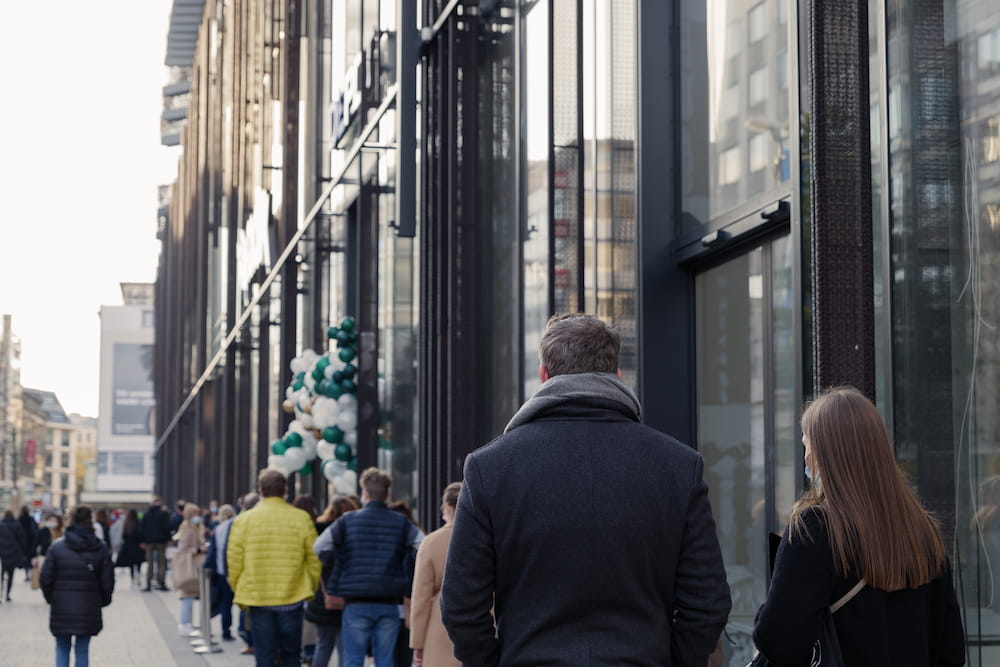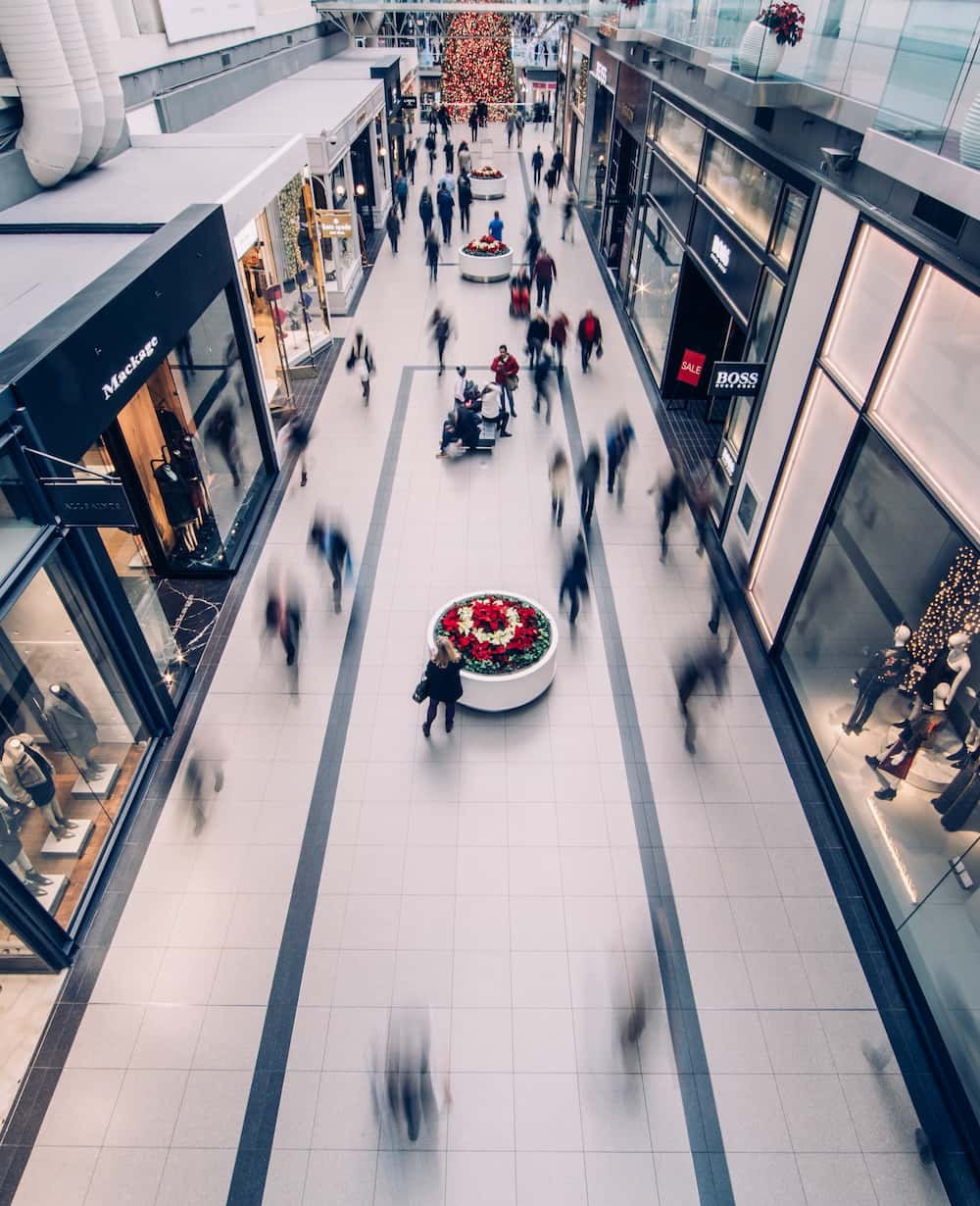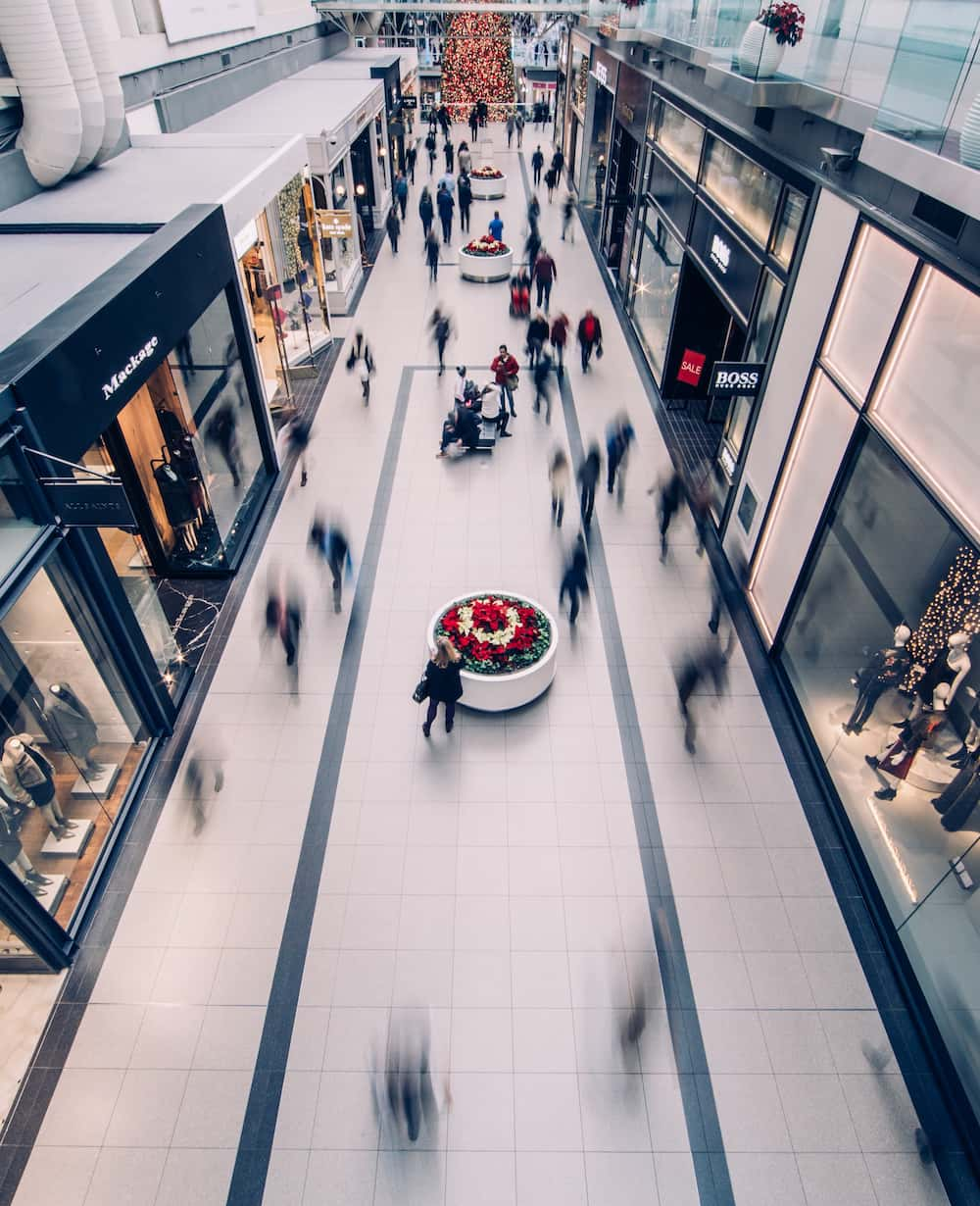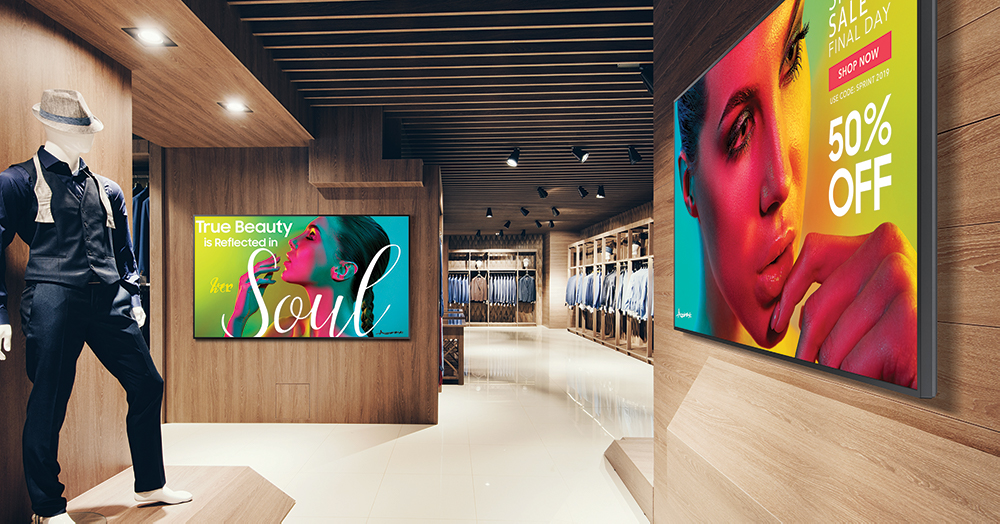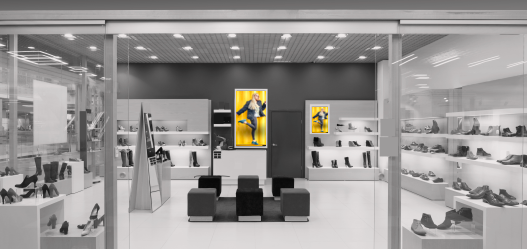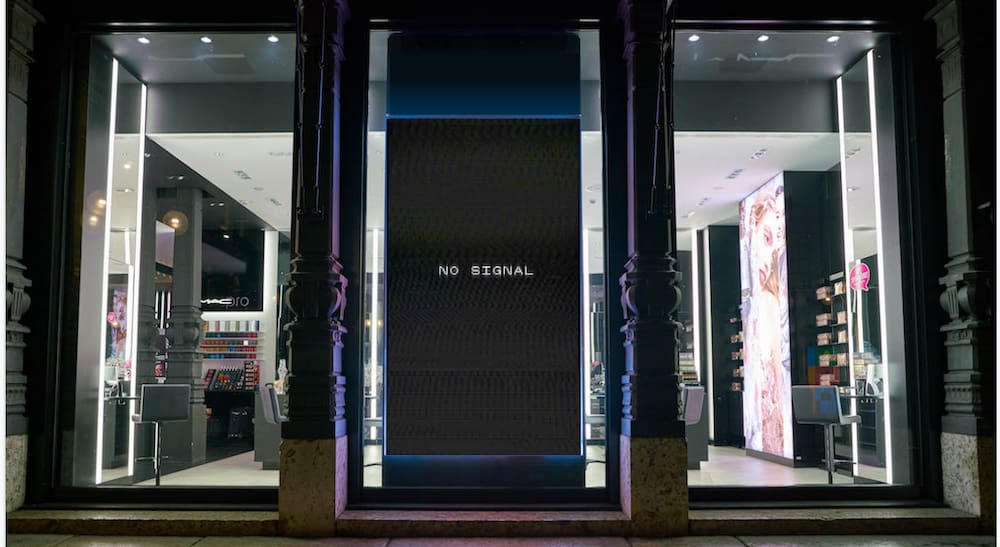The first e-commerce sites started appearing fifteen years ago with the democratisation of the internet and personal computers. Since then, they multiplied, taking away parts from the physical marketplace. But their success has only truly shown in the last couple years, mostly thanks to the smartphones and the appearance of mobile internet. The turnover of the e-commerce sites was 8 billion euros in 2005, 30 billion in 2010 and 50 billion euros in 2013 (Fevad). Faced with these virtual giants, the physical store seemed in bad shape, and its end had been announced. Nevertheless, the physical stores responded by integrating digital technologies in to their client strategies. They worked, since in 2013, 90 % of the commerce turnover came from shops (Xerfi-Precepta 2014). In 2015, now that the debates about whether one or the other will disappear have become useless, it’s time to start auditioning the best of two worlds.
New behaviours of the (e-)consumers
The evolution of digital technologies has changed the habits of the consumers for good and started the development of new ways of purchase, amongst which, two are the most frequent. An online search followed by an in-store purchase, and an in-store search followed by an online purchase. 77% of French consumers prepare their purchases online before buying in the store and 32% buy a product online that’s not available in-stores (9th FEVAD-Mediamétrie/NetRatings poll). Moreover, 75% of consumers use their smartphone in the shop (Poll Extrême Sensio - Ipsos 2014). The conclusion is simple: physical stores are not dead, but their digitalisation has become a priority.
The digitalisation of the store, on the frontier between online andoffline
The consumers, connected in the store as well as at home, like to benefit from the advantages of e-commerce (suggestions, time gain, real time stock updates...) all while conserving those of the physical POS (human contact, demonstrations and product tests, immediate purchase, return policies...). Faced with these new ultra-connected behaviours, physical shops have the obligation to adapt and to offer new experiences that are unique and justify going to the store. In this way, as the frontier between offline and online, the digitalisation of the POS enables the stores to reinforce the proximity with the client by lengthening their digital experience, which started at home and continued on the smartphone. Present in many forms and at all levels of the purchase course, the digital world in the POS allows you to attract new customers, to satisfy those already in the store and to make the clients more loyal all while collecting precious data, which can be exploited to offer better services.
The digitalisation of the POS becomes a necessity in order not to interrupt the customers course of purchase.
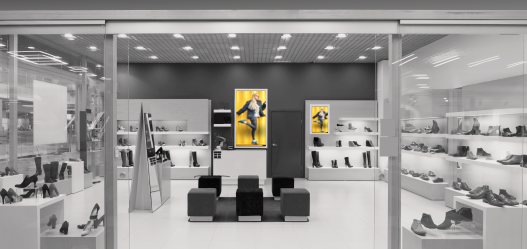
Reinventing the visit
The digitalisation of the POS allows you to create a world in between physical and virtual, to re-enchant physical stores and, to offer the client a unique experience. It can enable the store to show off its products in a way that only the physical component could not, while still offering the advice of the salesmen. Online catalogues and the ones in the store thus become homogeneous, and the visit of the store truly becomes a different experience. It also allows you to gamify the customer experience at different levels (discovery of the product, waiting at the checkout, loyalty…), moreover, it attracts the sympathy of the buyer and seducing a younger public… The examples are numerous, and the applications are infinite.
The physical commerce becomes connected, and its story is only just starting.
You have a digital signage project, ask for a free demo.

